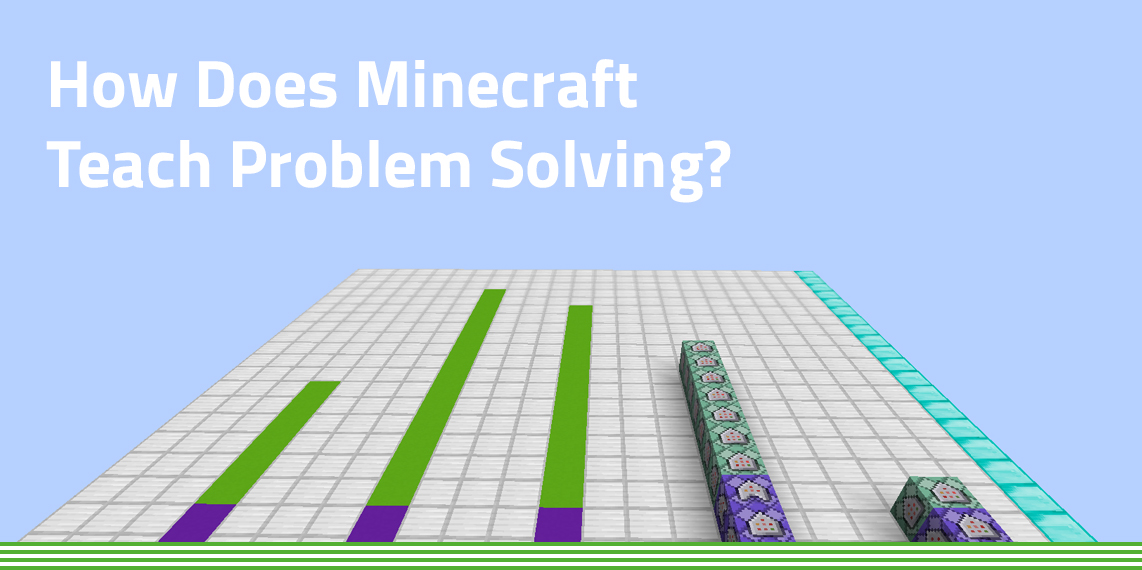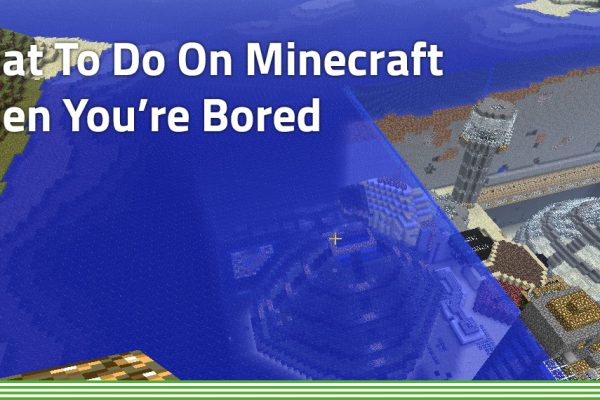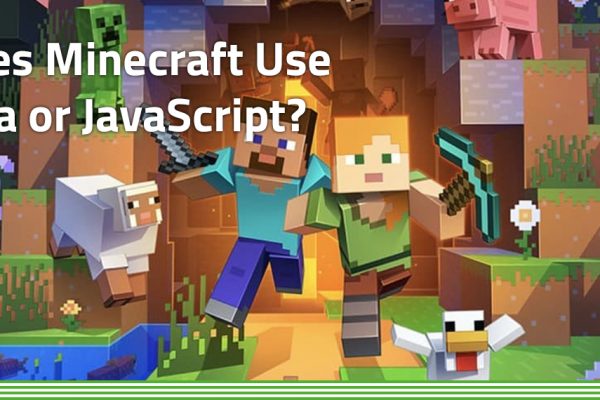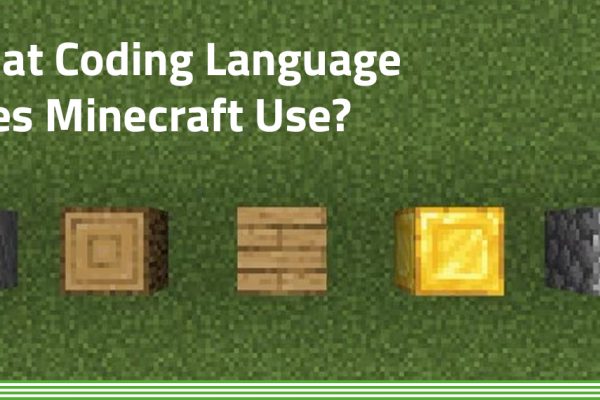
How Does Minecraft Teach Problem Solving?
Minecraft has become a cultural phenomenon that has captured the imagination of millions of people, young and old alike, but mainly children. One of the reasons for its popularity is that it is not just a game but can also be used as a tool for learning, whether kids realise it or not!
Due to the challenges and mechanics of the gameplay, it’s possible to describe Minecraft as a problem-solving game. It teaches kids of all ages valuable skills as they build virtual worlds. It does this by teaching them to problem-solve, collaborate with others, and think creatively.
The game rewards creativity and ingenuity, and this is one of the major aspects that helps to make it such a great tool for teaching problem-solving skills. Kids can experiment with different solutions to a problem until they overcome a particular challenge.
By playing Minecraft, it could contribute to kids learning problem-solving skills that can serve them in later life, and we will explain why below.
Before you read that, please do take the time afterwards to check out the Minecraft coding courses and summer camps we run for kids aged 7 to 12.
Problem solving in Minecraft
Minecraft requires kids to use problem-solving skills to progress through the game. This progress is marked by various challenges such as the building of structures, exploring new areas, and defeating enemies in their way. Each new challenge means kids have to use critical thinking and then come up with a creative solution to overcome obstacles in their way.
One way in which problem solving is needed in Minecraft is how players are given limited resources to start off with. Kids must learn to manage resources effectively and use them efficiently. One example is when a player needs wood to build a structure. To get this resource they first have to find a tree and then use a tool to chop it down. This requires players to plan and think about what resources they will need in the future.
Another problem-solving feature of Minecraft is how players have to think outside of the box when presented with puzzles and challenges. For example, some structures in the game mean you need to complex shapes using basic building blocks. This requires players to experiment with different arrangements of blocks and come up with creative solutions to achieve the desired result.
Kids can also develop their problem solving skills with others, as elements of Minecraft encourage collaboration and teamwork. Players can choose to work as a team to build structures and take on new challenges. This requires players to communicate effectively and work together to achieve a common goal.
In conclusion, Minecraft is an excellent tool for teaching problem-solving skills. The game presents players with a variety of challenges that require them to think critically and come up with creative solutions.
By playing Minecraft, it’s very possible that children can develop their problem-solving skills and learn valuable lessons that can be applied in other areas of their lives.
Other skills kids can develop through Minecraft
It’s not just problem solving though.
Minecraft can also help a child’s approach to critical thinking, another important cognitive skill that could be developed further through playing the game.
As an example, during the gameplay, players often need to make decisions that require them to weigh the pros and cons of different options. For example, they might need to decide whether to explore a dark cave or stay in a safe area. By practicing critical thinking in the game, players develop their ability to make good decisions in real life.
There’s also the possibility of improved spatial reasoning.
Spatial reasoning is the ability to understand and manipulate objects in three-dimensional space. This skill can become important in many areas of a child’s later life, including engineering, architecture, and design.
When kids, players in Minecraft can use spatial reasoning to build structures and navigate the game world. By playing the game, they develop their spatial reasoning skills and become better equipped to understand and manipulate objects in the real world.
And lastly, creativity.
The game allows players to build almost anything they can imagine, from simple houses to complex machines. By experimenting with different materials and designs, players develop their creativity and become better equipped to think outside the box in real life.
Players must use their problem-solving skills to navigate the game’s challenges, such as building structures, finding resources, and surviving hostile environments. Minecraft’s gameplay encourages players to think critically and creatively, as they must use their imagination to come up with new ideas and solutions.
Overall, Minecraft’s open-ended gameplay and emphasis on exploration and creativity make it an ideal platform for teaching problem-solving skills. By encouraging players to think critically and creatively, Minecraft can help players develop the skills they need to solve real-world problems.
Keep me Informed
Be the first to know about Flash and Early Bird Sales as well as new courses, summer locations, term time courses and more.
KEEP ME INFORMED


